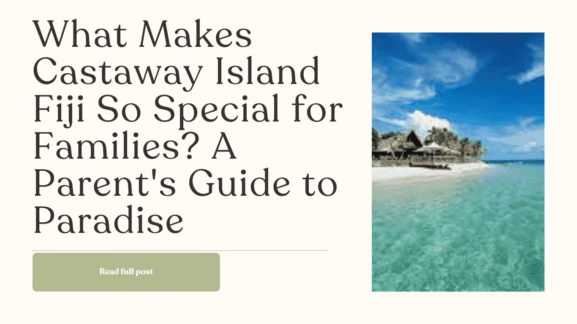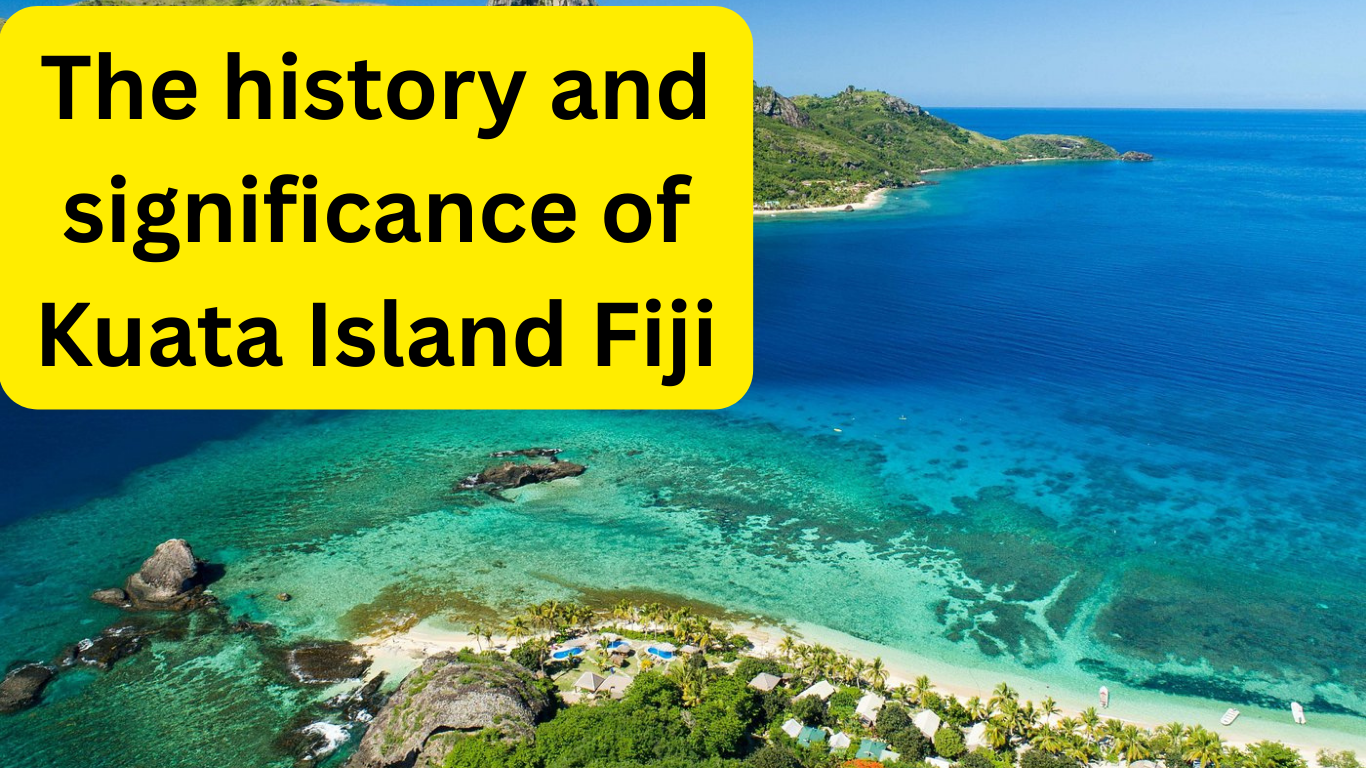Fijian People: Population and Cultural Diversity
Fiji is a place where you will be delighted to see cultural diversity can be noticed everywhere! In this wonderland, people from different traditions, backgrounds and even languages come together to give birth to a harmonic and spectacular rich tapestry of traditions, languages and customs.
The elements of diversity in culture have made Fiji one of the world’s most attractive countries. Here you will see Fijians, Indian Fijians, Chinese, Europeans, and many more of a variety of people from different origins. The ethnic groups passed across to Fiji as a one-of-a-kind destination heritage and added up the vivid mosaic that defines the Fijian identity.
There is no denying the fact that despite the different festivals they celebrate, and their unique rituals, it is evident that Fiji is not only characterized by the spirit of unity in diversity but also oneness.
The experience here will make you see how Fijians learn to differentiate and still treasure their majestic humanity that is expressed through kindness, hospitality, and respect. It’s not merely about living together. It is the art of healthy living, and we all need to practice it.
Indigenous Fijian Population (iTaukei) – Guardians of Cultural Diversity
The indigenous Fijian community, also referred to as iTaukei, is a significant factor in the formulation of a uniquely diverse Fiji Culture. They are the trusted preserve of traditions shared through the generations, enjoining the preservation of cultures, languages and beliefs which help characterise Fiji’s identity.
The most interesting aspect about the iTaukei culture is that it has various groups or clans, but at the same time these groups all have a common factor or that they all share one thing which is their distinct culture.
They convey the diversity of Fiji through activities such as their customs, their art, and their storytelling, and redefine the scenery for everyone who visits them.
As you give in to the iTaukei culture, you’ll come across many traditions that vividly emulate the beautiful mosaic of Fiji’s cultural bazaar. From clan meals to merry dances, the rituals in iTaukei life vividly demonstrate how every bit of their multicultural nature is full of appreciation for the diversity and things that make us the same.
Indian Fijian Community
The Indian Fijians form the backbone of cultural diversity in Fiji as they bring in special herbs and spices which are the defining part of the culture that the Island country represents. Their presence in Fiji resides in the fact that many Indians had arrived during British rule, in the late 19th century.
It’s very important to point out that the Indian Fijian community is very diverse, with each group having different origins and heritages. In these groups, you will find a pattern of Hindus, Muslims, and Christians who adhere to their traditions and beliefs and give celebration to their cultures as well. Through the life of festivals, such as Holi and Eid, customary ceremonies and rituals experienced by Indians in Fiji, the country is surely enriched with the unique feel of Fiji’s culture.
Similarly, language is also an incredibly essential part of the Indian Fijian identity communicated. In addition to the home language of Fiji, most of the Indian community collectively speak Hindi propagating community membership and cultural heritage.
Beyond their multi-ethnic roots, the Indian Fijians remain a unified group that recognizes and appreciates cultural harmony and cultural heterogeneity. They are indicators of Fiji’s multicultural ethos by appreciating that much with respect for each culture and also among the various groups.
Other Ethnic Groups in Fiji
In addition to the two indigenous Fijian iTaukei and Indian communities, Fiji has other ethnic groups with each one of them adding to the multiculturism of the country. These units comprise the Chinese, European, Filipino, Polynesian and Australian backgrounds. With these all they present varieties of Fiji’s cultural diversity.
The Chinese community by bringing with them the front of their traditions and customs is the way we often look into different culinary specialties and cultural events. Their presence can be seen in different parts of Fijian life, such as in the intermingling of the cultures of the country. It is evidence of the fusion of these cultures within the island nation.
Somehow, the influence on Fiji’s culture is also contributed by Europeans, especially in art, music and architecture. They have united with each other as the best features of each have been added to the cultural heritage of Fiji, paving the way for a co-existence of diverse cultural characteristics.
The Filipino and Polynesian groups too are vital components of the multicultural tapestry in Fiji. They inject their customs, languages and practices into the existing practices. Such intermixing leads to the culture of social exchange and inter-learning, in which people from different backgrounds meet each other to celebrate and make known their culture.
Also, the existence of Australians in Fiji is another factor in cultural diversity in the country where Fijian and Australian cultures and flavours are mixed up, thus providing chances for cross-cultural experience.
Languages – A Reflection of Cultural Diversity
Fiji is a place where lots of languages gather to contribute to its cultural richness. Even though English is the official language, people representing different groups and communities can communicate in Fijian, Hindi, and Urdu, along with other languages.
Most of Indian Fijians are bilingual. It makes Fiji’s cultural landscape literally and figuratively more colourful as it adds the vibrant flavour of Indian culture to the country’s linguistic landscape. The Chinese community in Fiji means you are going to bring some Mandarin or other Chinese local dialects to the country which leads to a multicultural linguistic environment.
Apart from Fijian other languages you will find include the Filipino or languages of the Philippines, Polynesian languages, and some European languages like English, French, and German, by expatriates and visitors.
Contrary to the many differences that surface among the multitude of languages spoken in Fiji, Fijians overcome a common challenge, which ironically, is the linguistic barrier. This could involve mastering a few words in another language or just using gestures or just smiling and being kind to everybody no matter if they speak another language or not which is itself a universal language.
Cultural Heritage Preservation
Preserving the Fijian cultural heritage is no different from nurturing a priceless treasure chest that holds all the past tales, traditions and memories. It is a quest to protect the distinct identities of the different communities that all together enrich the nation’s rich cultural tapestry.
Cultural heritage is preserved and encouraged by numerous measures. Museums and cultural centres not only provide the artefacts, paintings and historical items that portray the stories of different ethnic communities such as iTaukei, Indian Fijians, Chinese and Europeans whose cultural diversities have shaped Fiji’s identity but also demonstrate their influences.
Oral tradition, provided through songs, dances and passing stories within a community from one generation to the next, allows the preservation of the true core of the tribe and the customs, as well as beliefs, have the opportunity to be handed down from one member of the community to another and remain alive and vibrant. The elders are like the pillars of culture, they provide the social memory with the exposition of the wealth of knowledge, the rituals and the traditions.
Cultural Festivals and Events
Fiji is the land where people from different cultures and nationalities dance and sing together and look blissfully at the celebration. These festivities connect people who are of different origins and allow the sharing of traditions, songs, dances and dishes, giving space for cultural diversity that is a vibrant mix.
Final Words
So, it can be stated that Fiji represents one of the most spectacular pieces of art ever created because the cultural mosaic is embroidered with pillars of history, tradition and unity. The people of Fiji, the iTaukei, Indian Fijians, Chinese, Europeans, and all the others give a variety of colours and fine patterns to decorate this amazing fabric.
Cultural diversity forms the basis of Fiji’s power. It is as if each part is just another unique ingredient to the dish. Every cultural group has its own “secret recipe” for this melting pot- a uniqueness that makes Fiji also a place for people to learn from each other and tell their stories.
In Fiji, culture is not just a subject of interest; it is more than that, it is a colourful mosaic of a diversity of people coming together in complete harmony.



